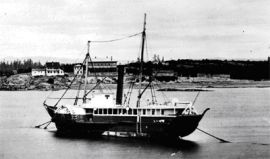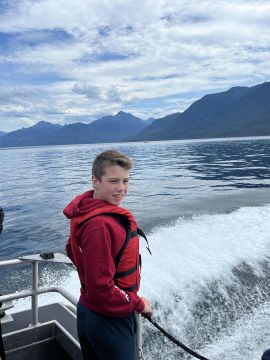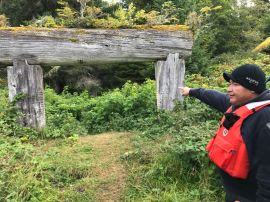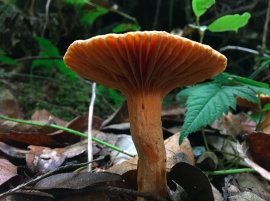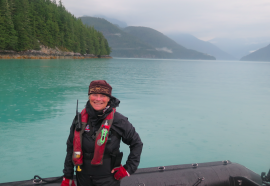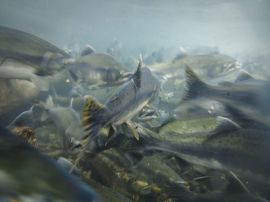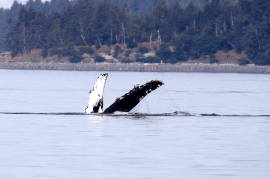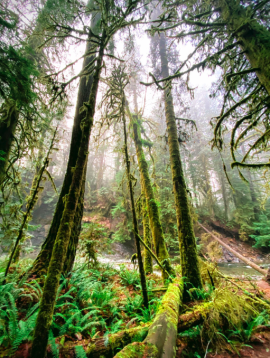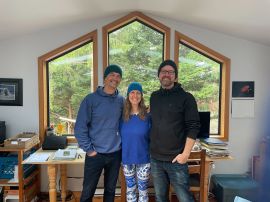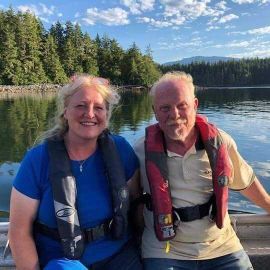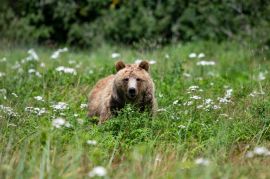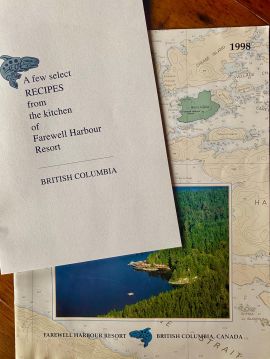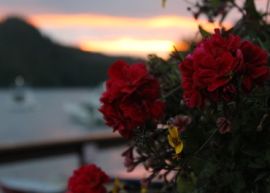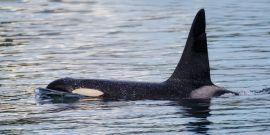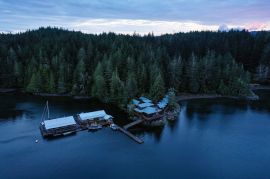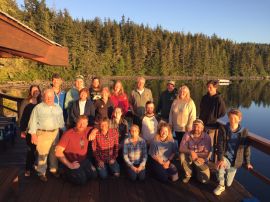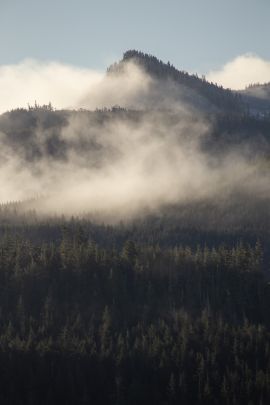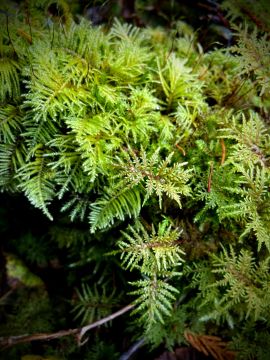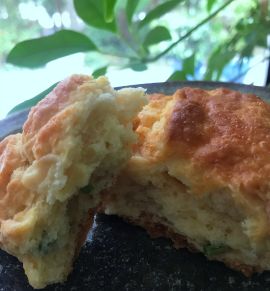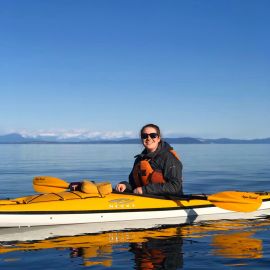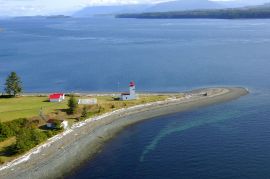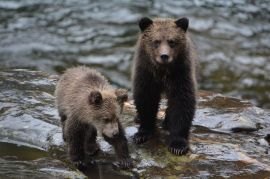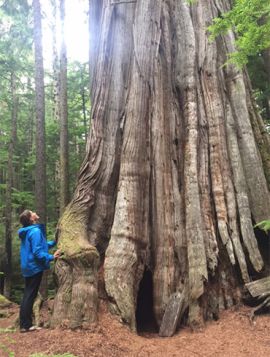Sea otter success story
In the world of environmentalism, optimism can sometimes feel like a rare occurrence, but there are some success stories hidden where we least expect to find them. One great example is the history of sea otters off the coast of Vancouver Island.| Sea otters are social animals, often travelling in large groups referred to as “rafts,” named this way because they lie on their backs and hold onto each other to avoid getting separated while resting. They're ravenous eaters when they’re not resting, feeding primarily on sea urchins, crab, abalone, clams, and other shellfish. Sea otters can eat up to 30% of their body weight in just one day, which helps to energize their bodies and maintain body heat. For a large male, that may be equivalent to 11 kilograms of fresh seafood! Because sea otters can eat a wide variety of foods, it’s usually not difficult to find a source of nutrients. What does present a challenge is breaking through the hard exterior shell of their prey. To counter this hard defence system, sea otters bring their catch up to the surface and lay on their backs to break the shells open, with their bellies acting as a sort of dinner table. Cleverly, sea otters have developed some incredible skills using rocks or other shells as tools to pry open clams or smash open sea urchins to reveal the nutrient-rich contents inside. Because sea otters are such big eaters, their presence has a significant impact on the ecosystem, making them what ecologists call a keystone species. | |
Photo credit: Boomer Jerritt, courtesy of West Coast Expeditions 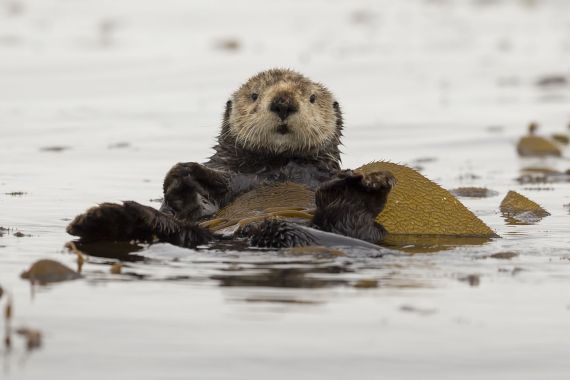 |
Historically, sea otters were prevalent around Vancouver Island until the late 1800s and early 1900s, when they were hunted for the fur trade to local extinction. Sea otter fur is some of the densest of any mammal, with up to 1 million hair follicles per square centimetre! This thick and dense fur keeps them warm in the cold waters of British Columbia and up to Alaska. Other marine mammals that live in these conditions have blubber, a thick layer of fat under the skin to maintain their body heat. Because of this warm fur that makes up for their lack of blubber, sea otter pelts were traded to be worn as clothing and made into a commodity in high demand. Foreign ships would come to hunt sea otters and then turn around and sell the pelts for exorbitant prices overseas. Sadly, in 1929 the last sea otter known to live in British Columbia’s waters died at the hands of the fatal fur trade.
The disappearance of sea otters in British Columbian waters made an enormous impact on the quality and health of the marine ecosystem. Without predation on sea urchins, their population thrived and grew exponentially. Sea urchins move slowly across the seafloor and mainly feed on kelp at the base of the stalk, where they’re anchored to the bottom. With the explosion of the sea urchin population, the kelp forests started dying off leaving many other ecosystem members without a safe habitat. For example, juvenile fish depend on kelp forests for protection, and even some marine mammal mothers will leave their babies wrapped in kelp to keep the little one safe while she hunts.
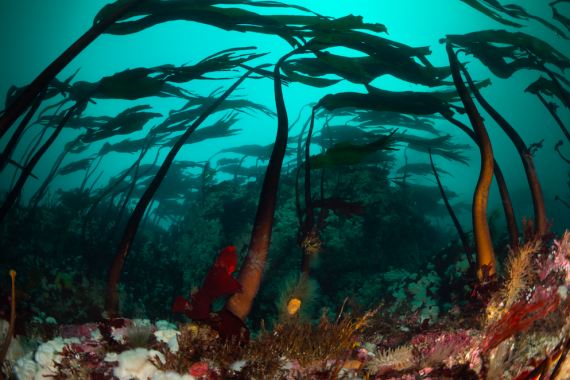 |
Many other species also depend on kelp as a source of food. Without the safety and benefits of kelp forests, biodiversity in the area decreased significantly over time, leading to “urchin barren” landscapes (areas of seafloor inhabited by sea urchins and not much else). On top of a decrease in biodiversity, kelp forests also play a significant role in the sequestration of carbon, taking in twenty times more carbon than forested land. When the kelp dies, it often sinks to the ocean floor, storing the carbon away for many years to come. Since kelp forests also used to occupy the majority of BC’s rocky coastline, blanketing the shallows with long, flowing blades of greenery, they protected our shores from significant coastal erosion. Being exposed to the Pacific Ocean, wave energy in this area can be harsh and powerful, striking the rocky shores, chipping away matter and leading to retreating coastlines. |
Thankfully, this is not how the story ends. In the 1960s and early 1970s, scientists began planning a relocation project to bring a population of sea otters south from Alaska, where they still lived. After one failed attempt, they succeeded in transferring 89 sea otters to Checleset Bay, on the northwest corner of Vancouver Island. Amazingly, since this relocation project, the sea otter population has been reclaiming their native range and repopulating the area with great success. The original population of 89 has now grown to over 8000 sea otters, as recorded in a study from 2017. Raft sizes have been growing, and many have shared the benefits.
The increasing numbers of sea otters have started to keep the sea urchin population at bay, which, in turn, has allowed the kelp forests to return. As a result, biodiversity is beginning to recover, and shorelines are increasingly being protected from erosion. Animals of all sorts and humans alike benefit from this success story. At Farewell Harbour Lodge, we have been seeing increasingly higher numbers of sea otters out on our adventures around the Broughton Archipelago each year. What started as an ecological tragedy has now become an environmental success story. Every species has an important role they play in the ecosystem, and therefore the conservation of any one species is an issue of great importance. Hopefully, we all learn from this, and history does not repeat itself. By: Sylvie Stewart Grantham |
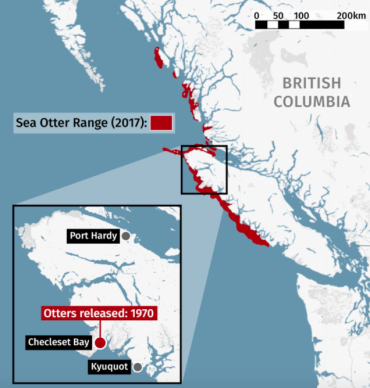 Data Source: Fisheries and Oceans Canada |

